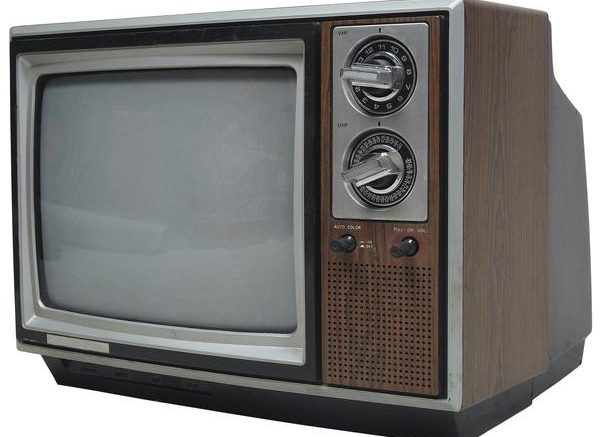It’s, you know, TV like old people watch.
All right, that’s a little harsh. “Linear TV” is what’s called a retronym. That’s a phrase like “analog clock, ” “snail mail” or “landline phone” that gives a new name to something that we used to just call by something simpler. Retronyms come around when new technologies are invented but the old technologies are still used. For example, when you need to tell someone that your grandmother can’t get texts because she has a “landline phone.” When your grandmother was growing up, that was just called a “phone” but since cell phones were invented, we need a new word.
In this specific case, “linear TV” means all forms of video that come from an antenna, cable or satellite provider, with live video sent to you in real time. This is opposed to on-demand or streaming, which is only provided when it’s requested. Linear TV is old-school TV, it’s the TV you sit down to watch at 8pm when the big shows are on. Of course there’s a fair-to-middling chance that you’re also streaming at the same time, but that’s the subject for another article.
Is live streaming also linear TV?
In the last several years we’ve seen several live TV services start using a streaming backbone instead of traditional cable or satellite. AT&T TV, Hulu, YouTube, Pluto, and others have emerged as the leader of a whole new category of streaming, one that’s designed to mirror the live TV experience of the past. And yes, they are linear TV too.
Normal on-demand video, such as YouTube or Netflix, really is “on demand.” Nothing happens until you press a button. At that point a connection is made between your device and a server, and you are the only one to use that connection. Live streaming is different. Streaming TV providers are literally putting their content out on the internet 24/7, just like traditional cable and satellite. When you connect to it, you’re just connecting to the same stream that other people use. It’s perfectly safe – the devices can’t see each other, only the server. But it is a shared stream.
Will linear TV survive?
About five years ago, you could count on at least one article a week saying that linear TV was dead. Millennials didn’t care about it, Gen Z didn’t even know it existed. At least that’s what the articles said. And then a funny thing happened. The articles died out. Linear TV didn’t. Sure, the subscriber numbers are a little lower now, but cable companies are still in business. Satellite TV is still as big as ever. And, local broadcasters are still pumping out hundreds of thousands of watts of entertainment.
For decades, linear TV was really the only way to get TV. Even if you recorded it and watched later, it started with a linear broadcast. You had to get it in real time. About 15 years ago, we started seeing the first on-demand systems from cable and satellite. Not long after that we saw the first tentative steps toward the streaming ecosystem we know today. This shift was massive, but it wasn’t the first time there had been a shift like this.
In the 1900s, people worried that piano sales would tank since everyone was playing records. They didn’t. Back in the 1920s, people worried that live theater would disappear because everyone was listening to the radio and watching movies. It didn’t. In the 1950s people worried that both radio AND movies would disappear because everyone was watching TV. Both radio and movies adapted and are still here. Sense a pattern?
Whenever a new entertainment technology comes out, it changes the market share for older technologies. Most of those older technologies survive and adapt. Some even thrive. I have a feeling linear TV is going to be with us for a long time, and may even get better as a result of the competition.





